What are Processed Foods?
Processed foods have been altered from their natural state. There are varying degrees of processed foods, from minimally processed to highly processed. Generally, the less processing a food has undergone (and the fewer the ingredients in packaged products), the more nutritious it will be. The more processing a food has gone through, the fewer nutrients it retains. This means more empty calories that provide little to no nutritional benefit.
Have you ever looked at the ingredients on a food package and realized you had no idea what they were? Food labels usually read more like a list from a science experiment than a list of ingredients you actually recognize. You will reap the benefits of eating healthy, whole foods even more when you also reduce processed foods. After all, you want your body to benefit as much as possible from the food you eat, right?
“Modern food manufacturers have overwhelmed store shelves with foods that are nutrient poor, dead, old, and contaminated with antibiotics, chemicals, and growth hormones. Refining has also brought us spectacularly cheap, pervasive, and fattening ingredients: namely white flour, white sugar, high fructose corn syrup, and industrial seed oils. These fake foods distort your appetite and cause you to consume more calories than you require. This perpetuates a vicious cycle of stuffing your face but never feeling totally satisfied or nourished.”
➢ Abel James – Author “The Wild Diet”
Do not believe everything that is on the Box. . .
Rule #1 – Never Believe the claims on the outside of a package or box
Rule #2 – Read the nutritional information as well as the ingredients list of every product
Processed Foods.
“These processes can cause allergic reactions and stress on the liver to process such chemicals, many of which are cancer forming. Children exposed to such processes can become hyperactive and display learning difficulties.”
➢ Dr. Gillian McKeith, author, “You Are What You Eat”
Nutrient Quality in Processed Foods.
Processed foods can cause micronutrient deficiencies. Processed foods are lacking in the nutrients our bodies need to function properly, especially if our goal is improved overall health and/or weight loss. It is not realistic for most of us to never eat processed foods, but it is very realistic to dramatically reduce the amount of these poor quality foods. Not consuming enough vitamins, minerals and essential fatty acids prevents us from getting the minimum daily requirement (MDR) of what our bodies need. This can lead to disease and chronic health problems. Once healthier choices become automatic, you will not miss the processed choices because you will be feeling so much better.

Minimally Processed Foods.
Fruits, vegetables, legumes, nuts, seeds and whole grains are often sold in minimally processed or non-processed forms. These foods are often not substantially changed from their raw, unprocessed form and retain most of their nutritional value. This is what we revere to as Whole Food Plant Based (WFPB). Do keep in mind that each of these plant foods also have processed versions. Just because something is plant based or vegan, doesn’t necessarily mean that it is healthy!
Basic Definition of Organic Food.
“All Natural”, “Free Range”, “Hormone Free” – are not legally protected.
Organic – Basic Labels
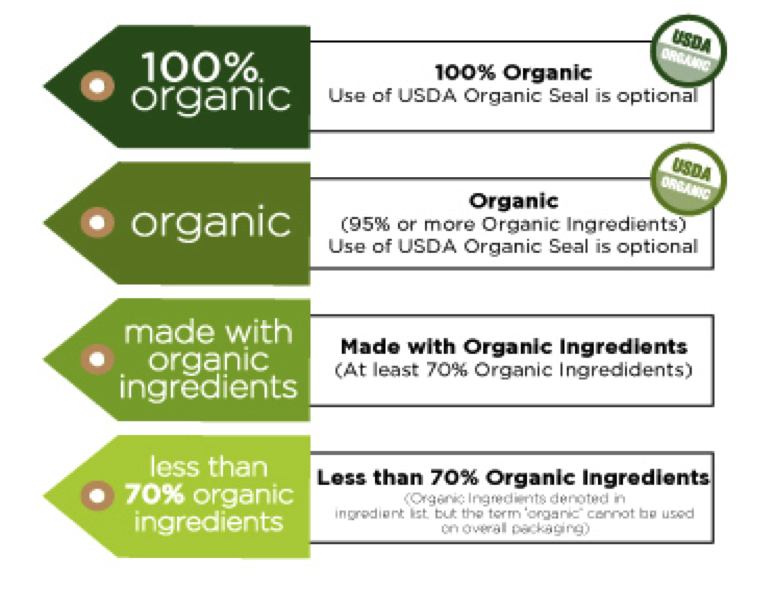
Labels indicate the percentage of organic ingredients a food has. The higher the organic content, the more the National Organic Program limits the amount of nonagricultural substances.
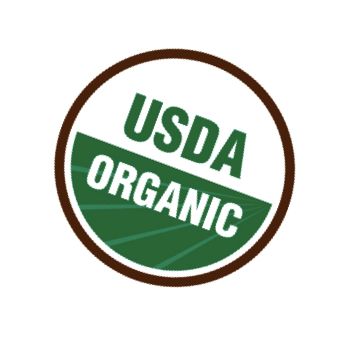
Additives.
Become More Aware of What You are Eating.
Did you know that the food industry allows more than 3,000 food additives to be used in the processing of our food? These additives are used to help improve the taste, texture, consistency and visual appeal of food as well as extend the shelf life. Industrial processing has given rise to an array of addictive, fattening, metabolism- jamming chemicals and compounds, including MSG (monosodium glutamate), aspartame, high-fructose corn syrup, and trans fats, to name the biggest offenders.
These convenience foods – which commonly come with unpronounceable ingredients – may come at a dangerous price! Various food additives and chemicals have shown side effects, which range from nausea and headaches to more serious conditions such as cancer, Alzheimer’s and Multiple Sclerosis. Be sure to read ingredient labels carefully, and consume more whole foods!
The Effects of Food Additives.
Studies show that food additives affect the following.
That’s really quite a list, isn’t it?
“Perhaps the most effective strategy in losing fat is to stop eating manmade, processed food products and start eating real food. Real food is perishable. If it can last on the shelves for extended periods of time or comes in a box, be wary.”
➢ Abel James – Author “The Wild Diet”

Labels.
How to Decipher Food Labels?.
The front of the package is designed to SELL you the product. It is an advertising billboard and can be VERY deceiving. That is why learning to decipher food labels is so important. This way you can be more aware of what you are really eating and you can make the most informed decisions. Unfortunately, the food labeling laws in this country make it difficult to determine if a food is healthy. We have to dig deeper and do a little detective work, but it is worth the effort. The best advice is to avoid foods with health claims on their labels. Better yet, avoid foods with labels in the first place.
Words like ‘natural,’ ‘whole grains,’ ‘fresh,’ ‘fat free’ and ‘low fat,’ are most often actually what you want to avoid. Crazy, I know!
Be suspicious and dig deeper for the facts. Food companies are allowed to promote benefits on the front of the package that are not necessarily true. For example, a food can contain MSG disguised under other names (there are more than 40!), but the packaging can claim “No MSG.” See further down for more information.
Before you put any packaged items in your shopping cart, you need to ask yourself if it is real food (example: are there only 1-5 ingredients that you recognize?) or is it a food-like substance (not real food, but more like a chemistry experiment?). It matters very much what you put into your body, especially if optimal health is your goal.
It is also important to look at the sugar and sodium content. Fat can be replaced with sugar, and the sodium content can be very high in processed foods since salt is used as a way to preserve food and keep it from spoiling.
To know what is in the food you are buying you want to read the ingredient list, NOT the claims on the front of the package.
Unlocking the Produce Codes.
An Example: the PLU for a conventionally grown yellow banana is 4011, for an organic banana it is 94011, and for a genetically modified banana it is 84011.
Top Offenders and Controversial Ingredients.
Watch for these and avoid them!
HFCS
High Fructose Corn Syrup (HFCS) has been shown to damage immune function, speed up the aging process, and contribute to weight gain. It is found in everything from crackers to bread, chips and sauces. You would be amazed at how many products contain HFCS!
Trans Fat
Trans fats are found in hydrogenated oil, partially hydrogenated oil and animal products. According to the Harvard School of Public Health, trans fats cause about 50 thousand premature heart attack deaths per year! Trans fats also increase the risk for cancer, obesity, depression, asthma, osteoporosis and more. Trans fats are found in cookies, cakes, frozen food, crackers, chips, etc. The U.S. government is finally taking steps to eliminate the use of trans fats in our food supply, so this is a step in the right direction.
Sulfites (E221) / Sulfates
Sulfites destroy vitamin B1 which is important for mental clarity and heart health. They are commonly found in processed lunchmeats as well as beer and wine.
Artificial Flavors and Colors
In its 58-page report, “Food Dyes: A Rainbow of Risks,” The Center for Science in the Public Interest (CSPI) revealed that nine of the food dyes currently approved for use in the United States are linked to health issues. These issues range from cancer and hyperactivity to allergy-like reactions – and these results were from studies conducted by the chemical industry itself.
For instance, Red #40, which is the most widely used dye, may accelerate the appearance of immune system tumors in mice, while also triggering hyperactivity in children. Blue #2, used in candies, beverages, pet foods and more, was linked to brain tumors.
Yellow #5, used in baked goods, candies, cereal and more, may not only be contaminated with several cancer-causing chemicals, but it is also linked to hyperactivity, hypersensitivity and other behavioral effects in children.
These are in many products including Gatorade, sodas, frozen treats, flavored chips, fruit snacks, candy, etc.
Genetically Modified Organisms (GMOs)
GMOs are plants or animals that have had their DNA modified. In the U.S., the majority of the corn, wheat, soybean, cotton and canola crops are now genetically modified, and one or more of these can be found in nearly every processed food. GMOs have not been proven safe and some studies show GMOs may decrease immunity to diseases in plants as well as humans. They may also cause resistance to antibiotics and could have a negative impact on genetic function.
Plants that are genetically modified to be resistant to disease, pesticides and herbicides could diminish the need to use these strong chemicals. Conversely, the pests and weeds they try to protect the crop from may (and eventually will) build up a resistance to these pesticides and herbicides and therefore require eventually even larger amounts of chemicals than before.
Refined Sugar
Most people in the US consume 100+ pounds of sugar per year. In other words, we are consuming about 26 – 30 teaspoons a day and most of us are not even aware of it. High consumption of sugar and the corresponding elevated insulin levels can cause weight gain, bloating, fatigue, arthritis, migraines, lowered immune function, obesity, cavities and cardiovascular disease. It can also disrupt absorption of nutrients, possibly leading to osteoporosis, depression, PMS symptoms and stress.
MSG (E621)
MSG stands for monosodium glutamate. You would be very surprised to know where this substance lurks. It is usually disguised under other names like yeast extract, autolyzed yeast extract, hydrolyzed vegetable protein, carrageenan, sodium caseinate, soy protein and a few others, including ‘natural flavorings’ (natural flavoring does not always mean MSG, but oftentimes it does). It is very common to find MSG in soups, sauces, crackers, flavored chips etc. Studies show that mice injected with MSG increased their food intake by more than 40%. MSG is a known obesogen (causes obesity) and studies have also shown MSG to be a neurotoxin (toxic to our nervous system).
Researchers use MSG to study obesity. MSG is an ‘excitotoxin’ that stimulates the brain into wanting to eat uncontrollably. When fed to laboratory mice, the mice pig out and get fat. MSG is in 80 percent of all processed foods, mostly disguised as a ‘natural flavoring.’
➢ Hungry for Change
“Not only does hydrolyzed vegetable protein (one of the names MSG is disguised as) contain three very powerful brain cell toxins – glutamate, aspartate and cysteic acid – but it also contains several known carcinogens. Incredibly, the FDA does not regulate the amount of carcinogens allowed in hydrolyzed vegetable protein or the amount of hydrolyzed vegetable protein that is allowed to be added to food products. This substance poses an even greater danger than MSG itself.”
➢ Russell Blaylock, M.D. author – ‘Excitotoxins, the Taste that Kills’
Artificial Sweeteners
Did you know that artificial sweeteners could decrease your good gut bacteria by as much as 50%? Artificial sweeteners have also been found to spike insulin and leptin levels. This can cause weight gain even though you are drinking a zero calorie drink! Leptin is a hormone that tells your body it is full. When this hormone is over- stimulated, your body does not get the message that you are satiated in a timely manner, leading to consuming more food than you normally would.
“The sweetness tells your brain that calories and micronutrients are coming in; however, when they do not arrive, your body shouts out for nutrients and sends you on a quest to find more.”
➢ Jayson and Mira Calton, Rich Food, Poor Food
Butylated Hydroxyanisole (BHA) Butylated Hydroxytoluene (BHT) (E320)
BHA and BHT are two food additives commonly used in the food industry to prevent oils from going rancid. Studies have shown that BHA has caused stomach-focused carcinogens in trials involving mice, hamsters and rats. The U.S. Department of Health and Human Services has deemed BHA “reasonably anticipated to be a human carcinogen.” BHT is slightly less harmful than BHA, but should still be avoided.
What can you do?
Looking at this list of additives, you have to wonder how the food supply became so far removed from what nature intended. None of our great grandparents would recognize any of these ‘ingredients.’ It has become clear that the chemicals that are allowed in our foods are a big part of the health crisis in this country. Some countries have banned most of these ingredients from their foods.
The good news is, you get to choose what you eat. The more knowledge you have, the more power you have to tip the health scale in your favor. You get to vote with your dollars every time you make a trip to the grocery store.
Note: The best advice is to stick with organic, non-GMO, unprocessed and minimally processed foods as much as possible. If you pick up a food and there is a long list of ingredients, (as a rule, that means more than five) or you see ingredients you would not find in your kitchen, put it back and find something that will contribute to, rather than deplete, your health and wellbeing.
Rather than feeling overwhelmed with all this information – take on becoming more aware. Decide what you want to start with first. You do not have to do it all at once. You can start with something as simple as reading food labels at the store. Maybe work on one meal at a time and implement more whole foods during the day. You can just start with one thing and once that is in place, move on to the next thing. You can decide you want to eliminate High Fructose Corn Syrup, for example. It may not be realistic to completely eliminate ALL processed foods these days. However, the more whole foods you can add into your diet, the better. There are almost always healthier versions of what you like.
When we eat more whole foods (real food), our bodies are satisfied and, as a result, we end up consuming fewer calories and get more of what we need to stay healthy, prevent and fight illness and maintain a healthy weight range.
“Your health is not something you biologically lose as you age. It is something you build or give away a little each day, in what you do, and what you do not do.”
➢ Jayson Calton, PhD (author, Naked Calories)






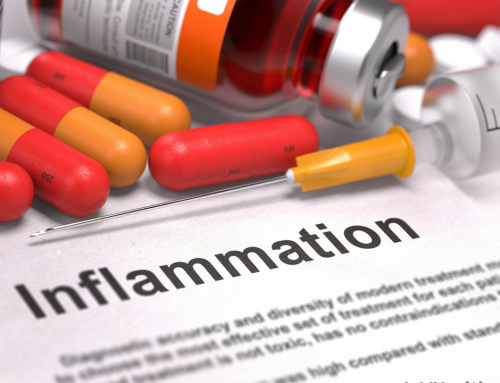

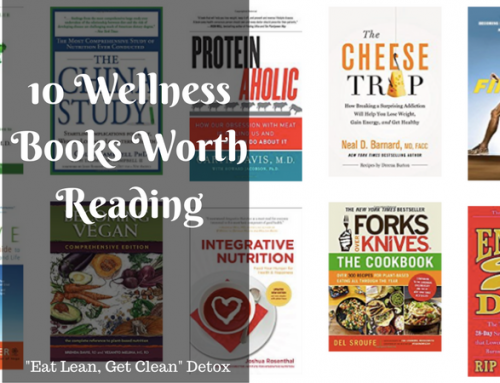

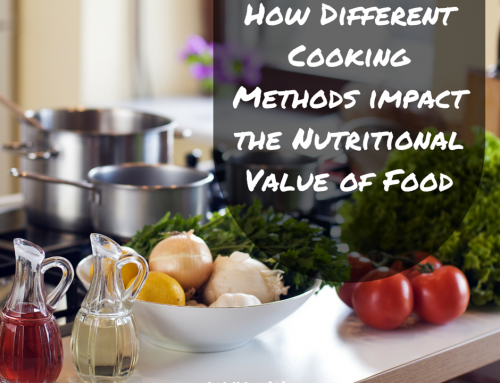



[…] other controversial ingredients. If you want to learn more about what ingredients to avoid, read Deciphering Food Labels […]